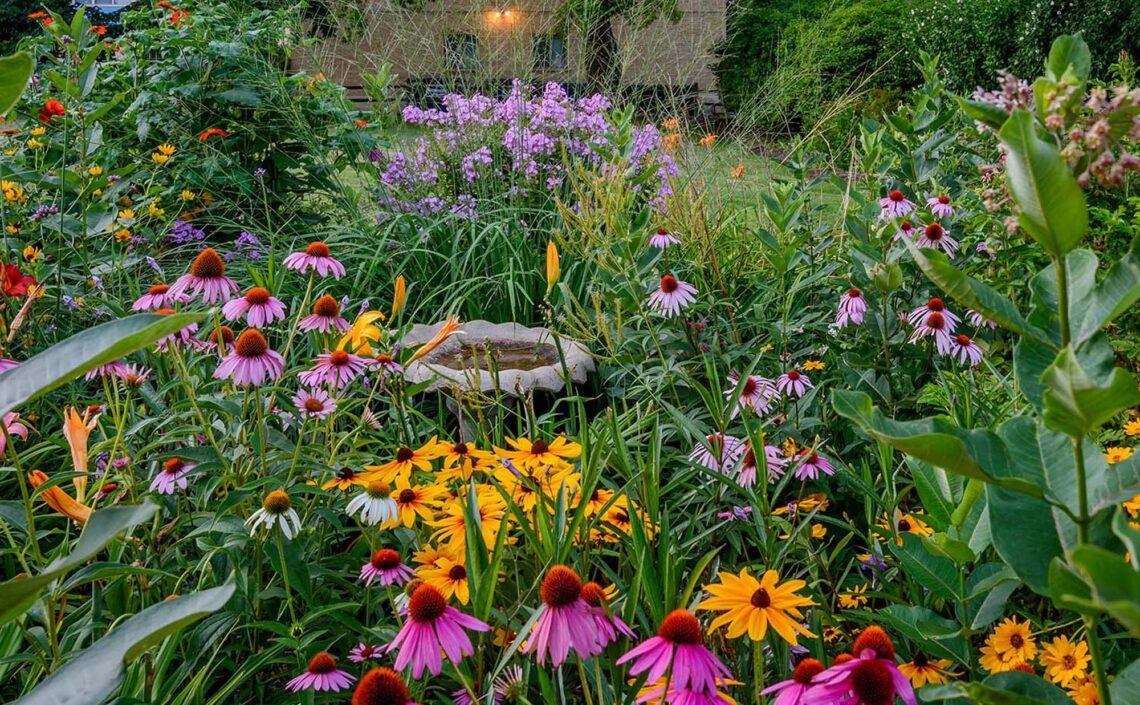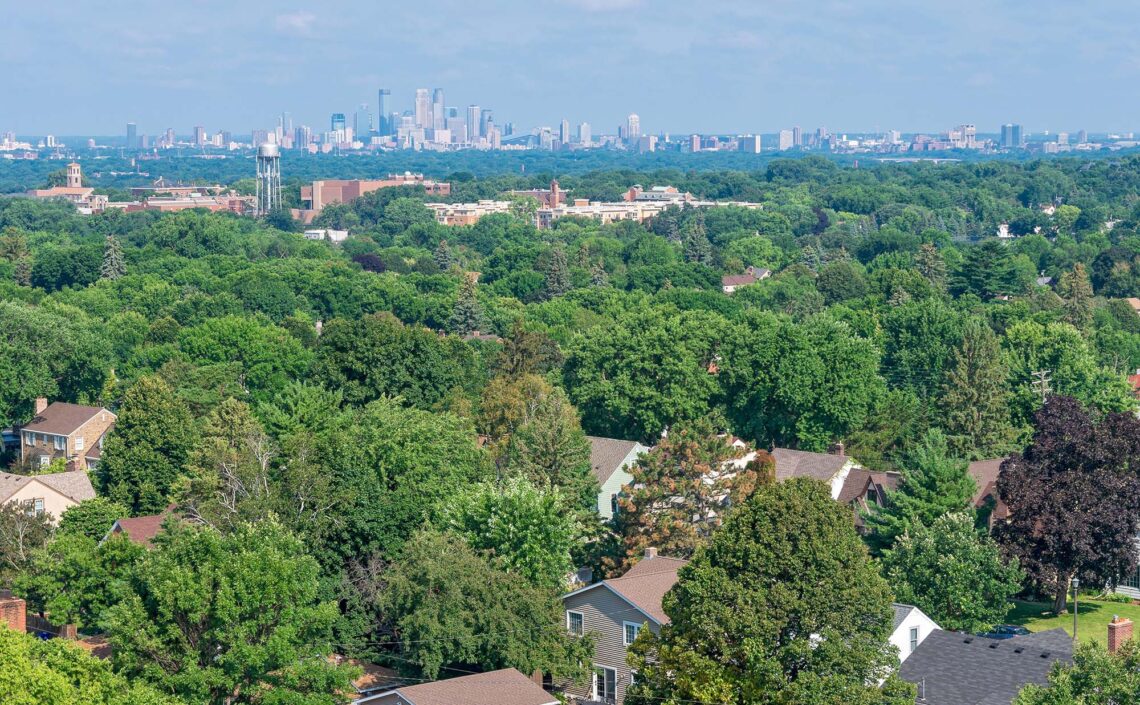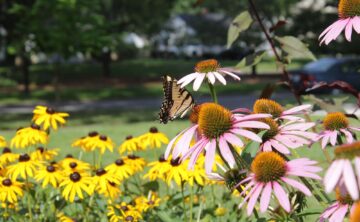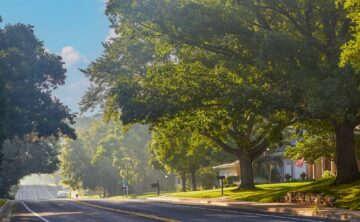Understanding the Urban Ecosystem
Pest Management Through an Ecological Lens in the Twin Cities
July 9, 2025
The Urban Ecosystem: A Delicate Balance
Urban environments like Minneapolis/St. Paul and the surrounding suburbs are unique ecosystems where natural and human-made elements coexist. Trees line boulevards, pollinators buzz through backyard gardens, and wildlife adapts to city life. But this balance is constantly tested by limiting factors—conditions that restrict the growth, abundance, or distribution of organisms.
In July, the Twin Cities are in full summer bloom. Warm temperatures and increased humidity create ideal conditions for many pests to thrive. Mosquitoes, Japanese beetles, and aphids are just a few of the species that can quickly exceed their ecosystem’s carrying capacity—the maximum population size an environment can sustain without degradation.


Pest Populations and Carrying Capacity
When pest populations surpass their carrying capacity, the consequences ripple through the ecosystem. Aphids can weaken trees by feeding on sap, Japanese beetles skeletonize leaves, and mosquitoes not only irritate but also pose health risks. If left unchecked, these populations can explode leading to major damage and population collapse. In nature, these pest populations are generally kept in check by natural predators, but in an urban setting, a lot of those predators are missing or unable to keep up with booming pest populations.
That’s where Rainbow’s integrated approach comes in. Our pest management strategies are rooted in ecological principles, aiming not just to eliminate pests but to restore balance.
Limiting Factors as Tools for Control
Rather than relying solely on chemical treatments, Rainbow Pest Experts use limiting factors to manage pest populations. For example:
- Habitat Modification: By identifying and reducing standing water, we limit mosquito breeding grounds.
- Biological Controls: We encourage natural predators like lady bugs and lacewings to keep aphid populations in check.
- Cultural Practices: Proper lawn mowing height and watering schedules reduce stress on turfgrass, making it less susceptible to chinch bugs and grubs.
These methods don’t just suppress pests; they support the broader health of your yard’s ecosystem.
Tree and Lawn Health as a Defense
Healthy trees and lawns are more resilient to pest pressures. Rainbow Treecare’s ISA-certified arborists assess tree health and apply targeted treatments only when necessary, preserving beneficial insects and minimizing environmental impact. Similarly, Rainbow Lawncare’s soil-first philosophy ensures that turfgrass has the nutrients and structure it needs to thrive, naturally resisting pests and disease.
In July, this means monitoring for signs of stress like wilting, yellowing, or unusual leaf drop—early indicators that pests may be tipping the balance. Our teams are trained to recognize these signs and respond with precision.


The Role of Residents in the Urban Ecosystem
You, too, are a key player in this ecosystem. By choosing native plants, reducing pesticide use, and working with professionals who understand ecological dynamics, you help maintain the carrying capacity of your yard and neighborhood. Rainbow’s experts are here to guide you with science-based recommendations tailored to the Twin Cities’ unique climate and seasonal rhythms.

A Sustainable Future for Twin Cities Yards
As we move through the heart of summer, remember that pest management isn’t just about control, it’s about stewardship. By understanding the ecological principles of limiting factors and carrying capacity, we can make informed decisions that protect our trees, lawns, and communities when they need it.
At Rainbow, we’re proud to be part of this effort. Whether it’s through tree care, lawn health, or pest control, our mission is to support a thriving urban ecosystem, one yard at a time.
Join us in supporting a healthier urban ecosystem and schedule your consultation with Rainbow today.
Other items you may be interested in:

Your Yard, the Ultimate Ecosystem
A balanced landscape doesn’t happen by accident. It’s the result of intentional care where trees, turf, and even pest management work together.

Caring for Your World
Rainbow understands that your property is more than just a collection of trees, lawns, and structures. It’s a living ecosystem uniquely connected to your life.

Tree Planting
Strong roots in the ground create strong bonds in the community. Planting trees the proper way benefits our cities for generations to come.
